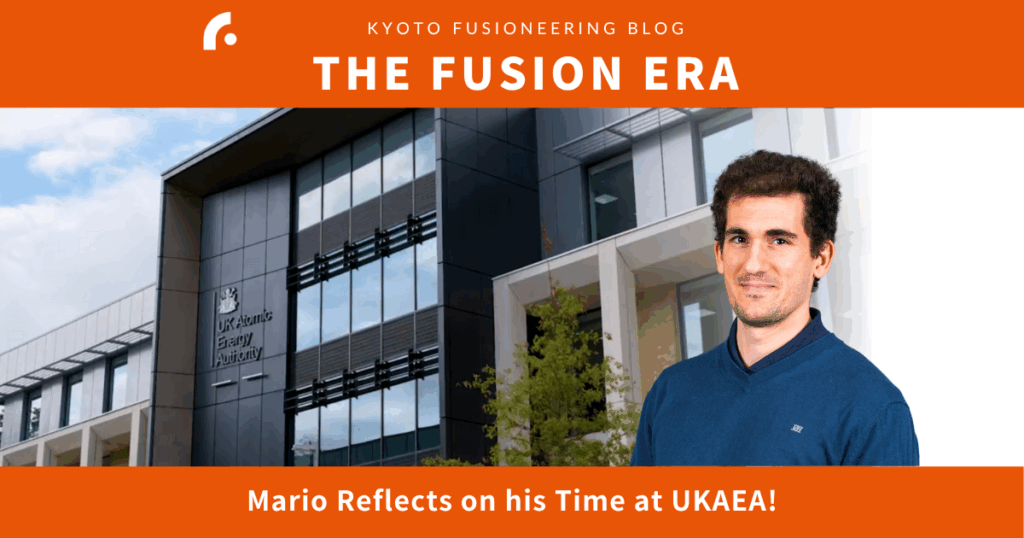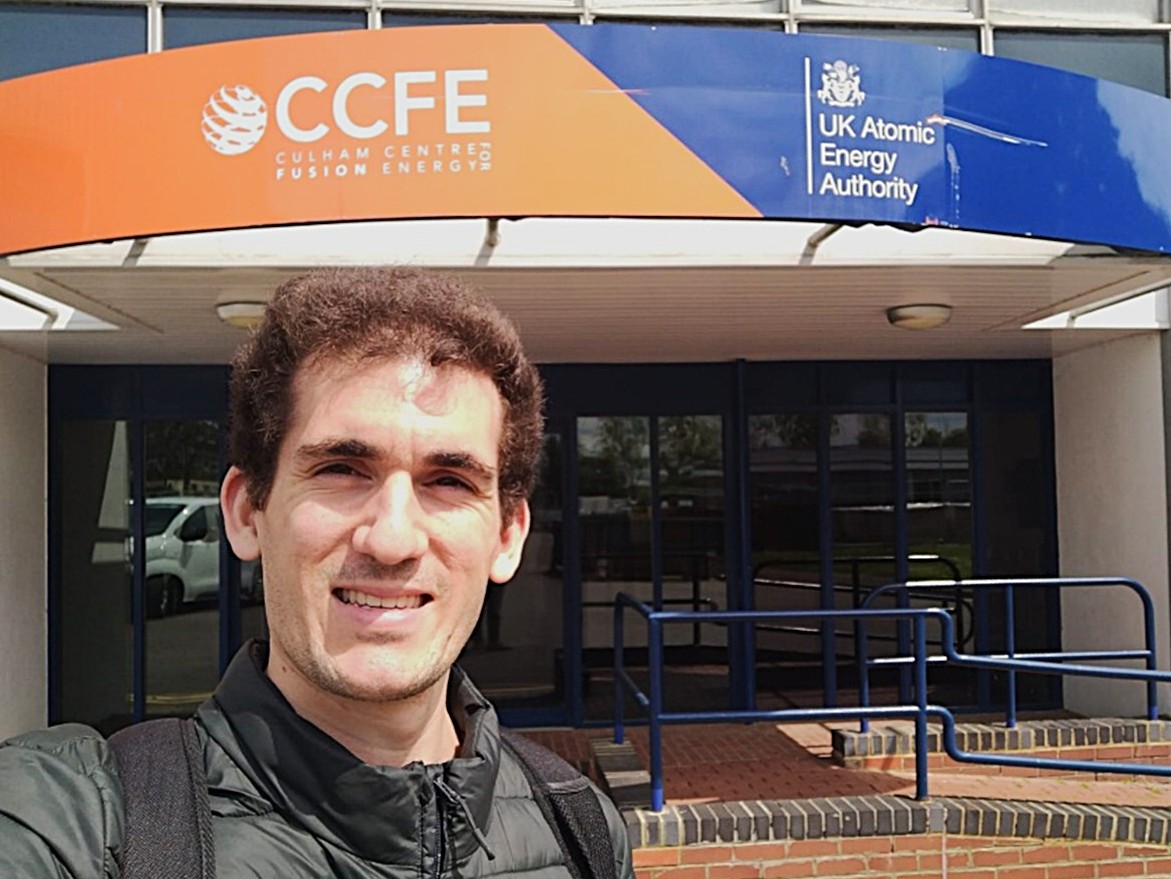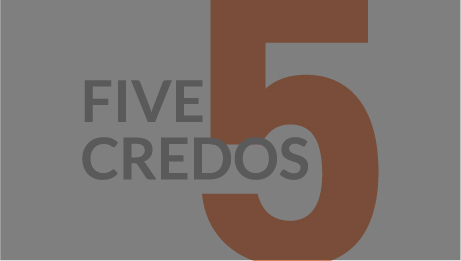
Since November 2024, a total of five engineers from the UK Atomic Energy Authority (UKAEA) have been seconded to our team—and we’ve been sharing their experiences on our blog and social media.
At the same time, our own engineer, Mario Oliver, headed to UKAEA for his secondment, which he recently wrapped up.
In this post, we caught up with Mario to hear about what it was like working at UKAEA and what he took away from the experience. We hope you enjoy reading his story!
What led you to the secondment opportunity at UKAEA?
We were working with UKAEA through the Engineering Delivery Partner (EDP) consortium, which supported the conceptual design of UKAEA’s STEP (Spherical Tokamak for Energy Production) programme. (Note: You can learn more about EDP in this news release.)
As part of this collaboration, we were selected to provide engineering services to UKAEA — and that meant sending someone from our team to work on-site.
I’ve always tried to develop a broad skill set — I enjoy being able to do a bit of everything, because it helps me see the bigger picture and connect the dots between disciplines. That’s probably why I was nominated: I had experience with CAD, simulations involving different physics, engineering studies, and I could hold a conversation on things like thermohydraulic, neutronics, manufacturing, and project management. I had also worked on another EDP project focused on fusion materials like tungsten, so in many ways, this secondment felt like a natural step forward.
How was the process once you were selected to work at UKAEA?
Once it was confirmed that I’d be going to UKAEA, I had a meeting with engineers from STEP Manufacturing. It was meant to be a “getting-to-know-you” session — with my future managers all present. But they kicked things off by showing me a picture of a fusion component and asking, “How would you manufacture this?” I wasn’t expecting that kind of question, but I gave an answer that met their expectations — thankfully! We had initially proposed two days a week, but after that meeting, UKAEA asked if I could join three — I took it as a good sign. Later, they increased it to full allocation, which meant a lot to me.

What was your experience like during the secondment?
I joined as the Outboard Manufacturing Lead, serving as a bridge between the STEP design team and the manufacturing team for the Outboard components. My role was to ensure that design decisions took manufacturing realities into account — and to test the capabilities of the supply chain for certain high-risk technologies, where early validation was essential.
One of the most challenging aspects early on was balancing my dual identity: on one hand, I was the “external expert” they were paying for, so I felt a clear pressure to deliver value; on the other, I was also the new person on the team, unfamiliar with their tools, acronyms, and ways of working. I had to catch up quickly but also show confidence when it mattered.
The team made that easy. The STEP teams felt fast, focused, and open — much more like an industrial environment than what you might expect from a public organisation. People were responsive, clear, and genuinely collaborative. I’d especially like to highlight the role of Davidson Sabu, who started as a graduate and soon became my right hand throughout the secondment. His support was essential to everything we delivered.
My responsibilities evolved quickly. I started writing manufacturing studies, drafting task specifications, launching calls for tender, and leading contracts with suppliers. That meant managing technical requirements, reviewing bids, evaluating risks, and ensuring delivery — all while aligning with both STEP priorities and supplier capabilities. I really appreciated seeing this process from the public side, since I was more used to being on the supplier side — and I have to say, it made me realise how picky we private companies can be sometimes.
As I mentioned earlier, I was initially working three days a week, but I’d sometimes miss important design decisions or discussions later in the week. A few months in, UKAEA proposed increasing my time allocation — and once I became fully embedded, everything flowed more smoothly.
Honestly, it became one of the best professional experiences I’ve had. And I believe UKAEA was happy with the collaboration too — so in the end, I hope it was a win–win for everyone.
What lessons did you take away from this experience?
I took away a few key lessons from my time at UKAEA.
First, I learned the value of focusing on one task at a time. While juggling multiple assignments is sometimes necessary, I found that prioritising and completing things one by one made me far more productive. Trying to do everything at once — especially while seconded 60% of my time — led to a lot of mental switching, which made me slower and more scattered. Balancing responsibilities across both UKAEA and KF taught me that focus is underrated, and that finishing things well, one at a time, is what really moves projects forward.
Second, I realised that the impact of my work while on secondment was threefold. It wasn’t just about delivering good results — those results also shaped how UKAEA perceived my company, and how my company was perceived by UKAEA in return. So, in a way, everything I did had consequences in three directions.
That made me very conscious of how I showed up — not just technically, but in terms of everyday professional standards: punctuality, communication, managing deadlines, being present. These are things I normally care about, of course — but in this context, I knew I had to be extra careful not to drop the ball, even in the small things.
Third, I noticed some clear cultural differences between the private and public sectors. At KF, we’re very agile and fast-paced, especially when it comes to R&D and delivery. At UKAEA, things were more structured, more deliberate, and more process-driven — which makes sense given the scale and accountability involved. Both approaches have their place, and I feel lucky to have seen both in action. I genuinely believe fusion needs both sides to move forward.
Do you think collaborations between the public and private sectors should be strengthened?
Absolutely. Working on STEP through the EDP framework gave me a front-row seat to how valuable public–private collaboration can be. STEP isn’t your typical public programme, as I’ve mentioned before — and I realised that from the moment I read the STEP Interim Strategy, where it clearly states that the programme will be “outcome led, and research focused.”
That kind of mindset is essential at this stage of fusion development, where you need to test ideas quickly, learn fast — and face the risks that come with it. That’s where private partners can really bring energy and resilience.
Of course, collaboration across public and private philosophies isn’t always easy. And there’s always the elephant in the room: Intellectual Property (IP) management. But that’s also where the value lies — in learning to adapt, to listen, and to make progress anyway.
For me, this secondment wasn’t just technically enriching; it was one of the most rewarding experiences of my career so far.

Mario’s secondment gave him more than technical experience—it offered a deeper understanding of how different sectors operate and how they can come together to drive progress.
His story is a great example of how international and cross-sector collaboration play a key role in advancing fusion energy.
As we continue working closely with UKAEA and other public and private partners, we look forward to sharing more stories like Mario’s.
Stay tuned for more updates!
Mario’s “Behind the Fusion Scene” (our interview series) is here.
THE FUSION ERA:https://kyotofusioneering.com/news_category/blog
Subscribe to Our Newsletter (LinkedIn)
Follow Us on X, LinkedIn, Facebook




